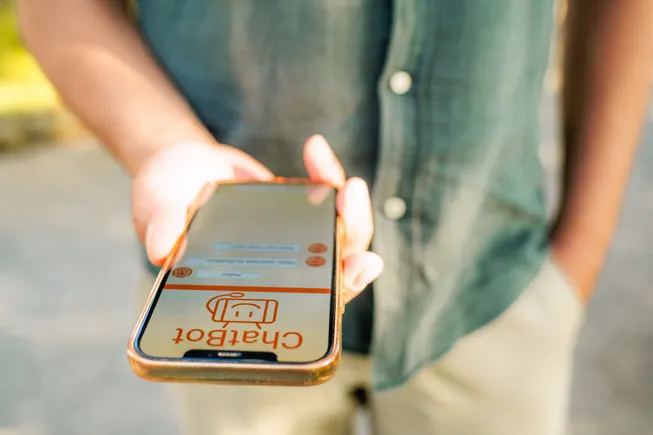Dive Brief:
Customer experience quality is improving across a range of measures, including satisfaction and the likelihood to trust, according to a Qualtrics XM Institute report released Tuesday. Qualtrics surveyed 20,000 consumers across 14 countries
Each measure grew about 3 percentage points from last year’s report, with 79% of customers reporting satisfaction; 76% reporting likelihood to trust; 72% reporting likelihood to recommend; and 70% reporting likelihood to purchase more.
Al use in customer service is a weak spot, however. Nearly 1 in 5 consumers said Al for customer support “did not provide any benefit at all.”
Dive Insight:
Companies are enhancing their customer experiences, but Al isn’t driving the gains, especially in customer service.
“We saw a lot of these gains concentrated in easy to switch industries, like fast food and online retail, whereas progress is a little slower in industries where it’s harder to switch like utilities,” Isabelle Zdatny, head of thought leadership at Qualtrics XM Institute said. “I do think that reflects a genuine investment in improving customers’ experiences because there is such substantial competitive pressure when it’s really easy to switch between companies.”
“You have to consistently show up and deliver good experiences every single time, or customers will stop buying at Target and instead go buy at Amazon or Walmart, or leave Shake Shack to go get Chik-fil-A.”
As for Al in customer support, half of consumers are concerned that Al will impede their ability to connect to a human.
The problem stems from when companies view customer support as a cost center and deploy Al chatbots to cut costs — and not to benefit customers, Zdatny said.
Too often their thinking is “we can deflect customers away from expensive human agents and towards Al powered chat bots to help solve their problems,” she said.
The issue is that those Al chatbots don’t work very well.
“I think a lot of companies deployed their Al chatbots too quickly,” Zdatny said. “I know a number of companies who, for example, fed it all of this data from their internal databases but didn’t actually clean those documentations or policies up. So it was pulling data from 2001 — it had no way to differentiate which is actually the new policy.”
“They got out a little bit over their skis, and that led to really poor quality chatbot interactions,” she said.
These bad experiences cost companies, too. Half of bad experiences result in customers cutting their spending with brands, according to Qualtrics, making poor chatbot interactions a costly problem.

